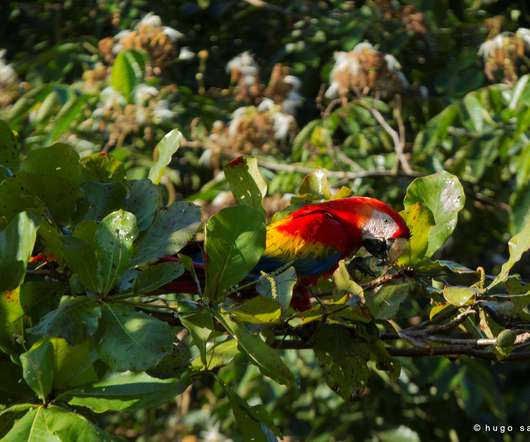Welcome to Invasive Species Week!
10,000 Birds
JULY 19, 2014
Here at 10,000 Birds we are going to dedicate the coming week, from today until Saturday, to invasive species. Of course, most of the species we will cover will fit the more traditional definition of invasive species, which usually only covers introduced species that are doing harm to species in the areas to which they are introduced.

















Let's personalize your content